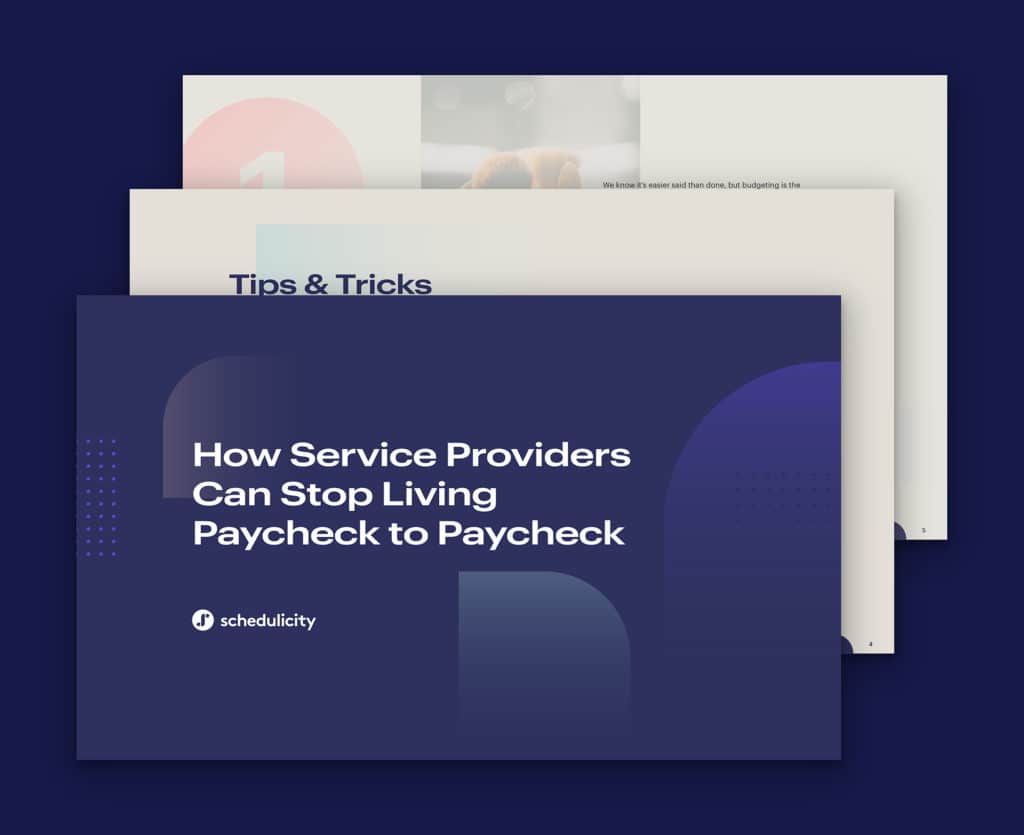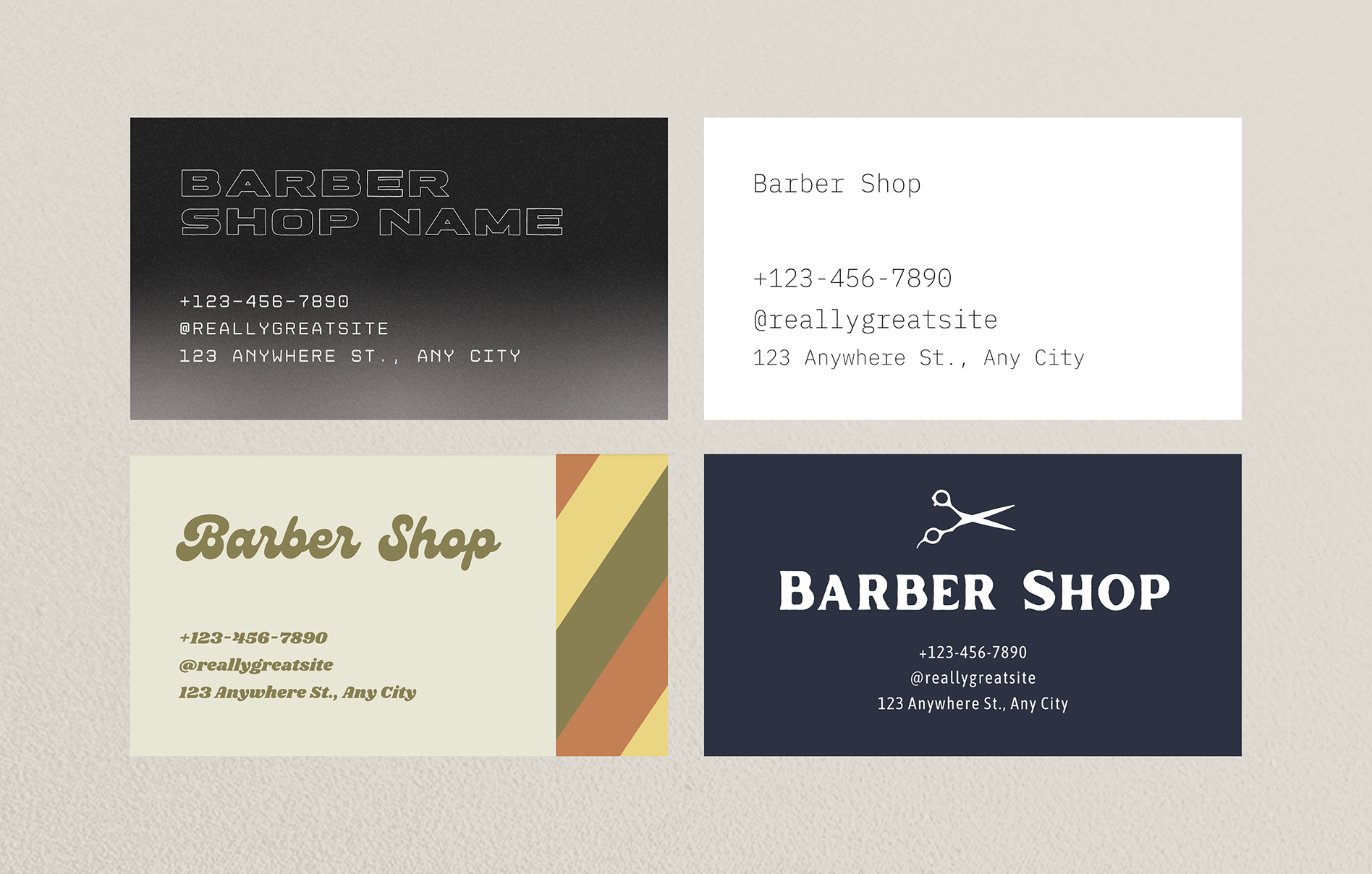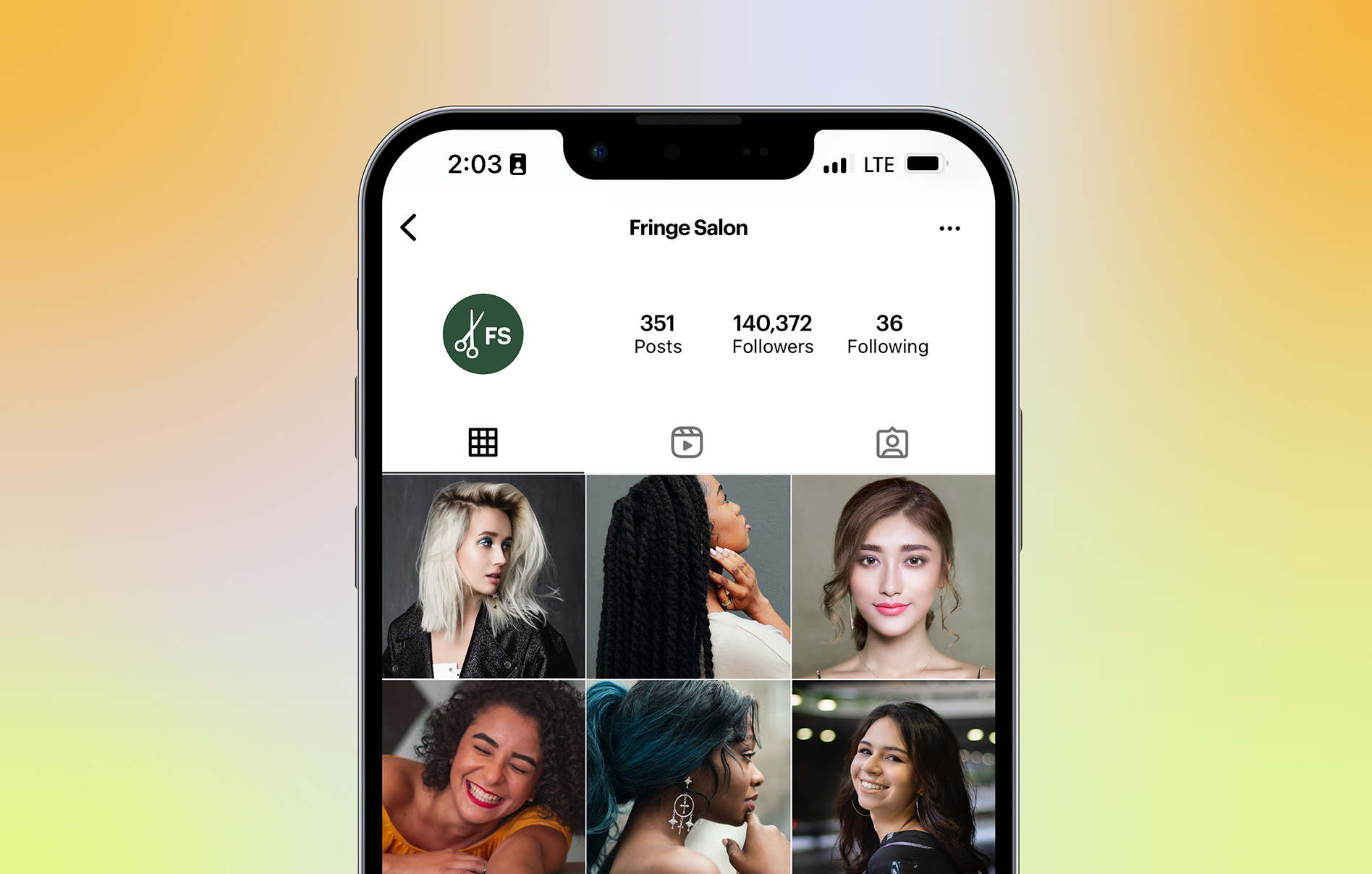You know you could use help around the shop, but you keep putting it off until next week…
And then the next week…
And the next…
Seriously, could there be anything more stressful than starting a hiring process for a new assistant?
Whether you’re a barber who needs a personal assistant for your barbershop, a salon or studio looking for another front desk assistant, or a small business looking to hire a receptionist for the first time, the process can feel daunting at best and excruciating at worst.
Well, good news: Before starting work as Schedulicity’s (former) Head of Content, I ran a media platform for five years that specialized in career and work advice.
During that time, I interviewed dozens of hiring managers and recruiters about their best hiring tips.
Below, you’ll find a hiring guide specifically tailored to service providers looking to hire a great receptionist or assistant.
Follow these steps, and you’ll be in impeccable shape by the time your new assistant shows up on their first day.
How to Hire a Front Desk Assistant: A 9-Step Guide
1. Double- (No, Triple-)Check Your Finances
Before you do anything, you need to feel confident that you’re making enough revenue to afford to hire someone long-term.
That’s the keyword.
By hiring an assistant, you’re committing to paying them consistently, and they’re planning their life around that income.
So, you should feel confident that you’ll be able to keep them on for the foreseeable future.
Hair and beauty business expert Nina Tulio recommends that you’re at least 85% booked at all times and that you carefully factor in all the expenses, including taxes, before you start to consider hiring someone.
Tulio adds, “Be sure to look over your monthly profit and loss statement to ensure you can afford to hire another employee.”
2. Write Down the Tasks You’d Like to Hand Off
When you run your own business, it can feel really difficult to let go of any part of your work.
But that’s exactly the goal behind hiring a front desk assistant!
So, before you get to writing a job description, start with a very simple list of every little task that you’d like to take off your plate.
A great way to do this is to set a timer for 10 minutes and then write down everything you can think of. Then, circle what you feel, realistically, an assistant can help you with.
As you do this, make sure to ask yourself honestly whether you’ll be able to delegate those tasks to them fully.
No one likes a micromanaging boss, so only give them work you truly believe they can do without you.
(And call yourself out if you’re resisting assigning them certain things that they should be able to do! Again, it’s hard to give up control!)
3. Next, Determine How Much Help You Need
Now that you have your list, look at the tasks you circled.
Next to each one, write down the amount of time you think you spend on them each day or every week.
At the bottom of your list, tally up those hours.
- What are you looking at time-wise?
- Would you need a full-time salon assistant?
- Someone for a few hours three days a week?
- Or would it be better to have a personal assistant who comes in one or two full days a week to take care of all the busywork all at once?
The answer will depend on your business and needs.
Pro Tip: Speaking of receptionists and business needs… Schedulicity has all the tools you need to manage your calendar, marketing, payments, and help take some of the load off your new receptionist!
4. Write the Job Description
You want to write a job description even if you don’t plan on posting the position to job boards. You’ll still wind up sharing this description with whoever you hire, so you both understand the expectations.
Don’t reinvent the wheel, though.
A quick Google or LinkedIn search of “personal assistant jobs” or “front desk assistant description” will help you find similar job descriptions that you can then use as a starting template.
As a general rule, a job description for a salon assistant, personal assistant, or any assistant really should include:
- Job Title
- Time Commitment: Part-time (if so, approximately how many hours per week?) or full-time
- Pay details, e.g. $15/hour or, if you’re not comfortable sharing a number, “competitive hourly rate” or “pay is commensurate with experience”
- Job Description: 3-4 sentences about your business and the person you’re looking for
- Responsibilities: A bulleted list of the tasks your assistant will either own or potentially help you with.
- Experience/skills required: This list can include past experience working in a salon space or fitness studio, or it can have something to do with hard or soft skills, such as “experience with online booking software” or “experience working with customers by phone and in-person”
- Nice-to-haves (optional): I personally love adding this section to job descriptions. These skills aren’t “musts”, but you’d love someone to have them. Examples could include: “photography experience a plus” (if you’d like an assistant who can take your before-and-after photos of clients for Instagram) or “experience in generating and sending invoices a major plus” or even “a passion for barre classes is an added bonus”
5. Start with Word-of-Mouth
One of the best ways to find an assistant is to get a recommendation from someone you trust.
Once you’re ready with a job description, get the word out by texting or emailing any industry contacts you have to ask if they know of anyone who might be interested.
From there, expand outward in a sort of reverse spiral that takes you from people in your circle all the way to candidates who are strangers.
Post to your social media, where you’ll get recommendations from people who already follow and love what you do.
Then, post a sign in your window or on your local coffee shop bulletin board to capture any locals.
Then, if you’re still looking (you probably won’t be), post it to public job boards in your industry. The best way to do this is to search “[your industry name] job boards, e.g. barbershop job boards).
If you’re in a rush, you can also post everywhere all at once — just remember that then you’ll need to dig through dozens of applications that will likely vary in quality.
6. Interview + Test
It can feel tempting to just schedule some interviews and wing it, but spare yourself.
Sitting down with someone new who is already nervous can make you feel nervous, and then everyone’s nervous and, well, you get the idea.
Instead, write down at least a few questions in advance that you can fall back on, so you can keep the conversation flowing.
If you’re completely at a loss, here’s a good list of front desk assistant job interview questions and one from Glassdoor specifically on salon assistant interview questions.
You may also want to consider a “test” that you send to anyone you’re particularly interested in after the initial interview or that you go through at the end of the in-person interview.
Some examples include:
- Asking them to write an email responding to a client who is angry about being charged a no-show fee
- A role play call between you (a fake client) and them (a new assistant) about rescheduling
- Asking them to make a list of their three favorite industry products right now and why they’re special
Pro Tip: There are a ton of resources out there for hiring new employees! Websites like LinkedIn and Glassdoor both have handy tips and tricks for hiring.
7. Get Back to Everyone Quickly — Yes, Everyone
When you’re looking for work, you’re deeply stressed — especially if money is tight.
So, at the end of each interview, let the candidate know that you’re going to make your decision by X date (this is good for holding yourself accountable, too) and that you’ll email everyone who’s applied no matter what to update them.
It just makes everything so much clearer.
When the time comes, you can use this as a template to send to anyone you aren’t hiring:
Hi [Name],
Thank you so much for taking the time to apply for the [position title] position. I received so many fantastic applications, and at this time, I’ve decided to move forward with another candidate. I will keep you in mind for any future openings and wish you all the best in your job search!
Best,
[Your Name]
8. Send an Official Offer Letter
This hopefully goes without saying, but hiring an employee means that you want to get as much as possible in writing. You can absolutely call someone to offer them the role, but you should also send them an official offer (via email is fine) with the pay rate you discussed, start date, and schedule. It’s sometimes smart to ask them to accept or decline the offer by a specific date as well — 72 hours usually does the trick — but go with your gut on that.
9. Prepare for Their Arrival
If this is your first hire, you probably don’t have an employee manual. You’re going to want to write one.
It can be short and simple, and the upside is that you can use this with every future employee.
You’ll also want to plan some official training time into your new assistant’s first week.
For now, here’s a quick checklist of what to include in your employee handbook…
Employee Handbook Checklist
- Work policies
- Vacation/sick days
- Pay policies
- Family and medical leave
- Schedule/business hours
- Contact information
- Any login credentials they might need
- Tax forms
- Legal obligations
- Equal opportunity employment
- Antiharassment
- Antiretaliation
- Code of conduct
- Safety and security
Finally — and this is crucial — email your new hire at least a week in advance to let them know what to expect on their first day, including when to arrive, whether they need to bring a lunch (pro tip: tell them not to, then take them out to lunch to welcome them!), and any other important details.
Presto! You just hired a new salon assistant.

Stop Living Paycheck to Paycheck
The first industry-specific guide to financial freedom is finally here.
Get the Guide





